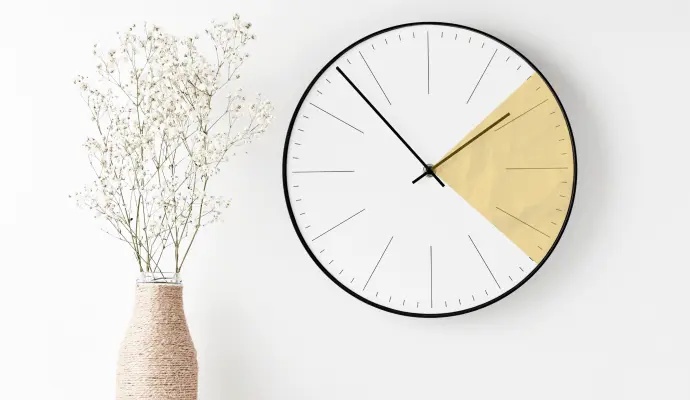In the realm of medical billing and reimbursement, the Medicare 8 Minute Rule holds significant importance. It serves as a guideline for healthcare providers to accurately document and bill for services rendered to Medicare beneficiaries. Understanding this rule is crucial for healthcare professionals to ensure compliance with Medicare regulations and optimize reimbursement.
What Is the 8 Minute Rule?
The medicare 8 minute rule allows therapists, usually rehabilitation therapists, to accurately determine the number of units they can bill for specific timed services. The 8 minute rule generally applies to Medicare billing, although some private insurers also use it as well. If you’re not sure if your private insurer requires 8 minute rule billing, check in your payer contract or reach out to their customer service team to double check.
The 8 minute rule only applies to certain services — specifically, skilled services that are billed with time-based codes, as opposed to service-based codes. There are a couple different qualifiers that make a service a “skilled” service, but a main one is that the services, observations, or treatment plan require the involvement of technical or professional personnel to meet the client’s needs. Some examples of skilled services are therapeutic exercises or activities that require the supervision of a qualified provider, like a PT or an OT, as well as range of motion exercise and the services of an SLP when necessary for the restoration of function in speech or hearing.
How 8 Minute Rule Billing Works?
To understand how 8 minute rule billing works, let’s first look at the CMS definition: “For any single timed CPT code in the same day measured in 15 minute units, providers bill a single 15 minute unit for treatment greater than or equal to 8 minutes through 22 minutes. If the duration of a single modality or procedure in a day is greater than or equal to 23 minutes through and including 37 minutes, then 2 units should be billed.”
This can sound confusing, so let’s break it down. For each time-based service you’re offering, make sure you time how long you provide that service, and then convert to billable units accordingly. In order to bill one unit of a timed CPT code, you must provide the associated modality for at least 8 minutes. So, Medicare adds up the total minutes of skilled therapy services provided and divides the resulting amount by 15. If there are eight minutes or more left over after that division, you can bill for another unit, but if seven minutes or fewer remain, you can’t bill another unit, and you basically have to drop that remainder.
Here’s an example: if you perform manual therapy (a time-based service) for 15 minutes and then ultrasound (another time-based service) for eight minutes, you can bill two direct units.
You can use this chart to help you convert time to billable units:

FAQs
1. What is the purpose of the Medicare 8 Minute Rule?
The Medicare 8 Minute Rule serves as a guideline for healthcare providers to accurately document and bill for services provided to Medicare beneficiaries.
2. How does the Medicare 8 Minute Rule impact reimbursement rates?
Adherence to the rule directly affects reimbursement rates for healthcare services, with providers who comply more likely to receive timely and appropriate reimbursement from Medicare.
3. What are some common challenges associated with the Medicare 8 Minute Rule?
Challenges include ensuring accurate documentation of services, navigating exceptions and limitations, and staying informed of updates to Medicare regulations.
4. How can healthcare providers ensure compliance with the Medicare 8 Minute Rule?
Providers should invest in ongoing training for staff members responsible for billing and documentation, stay informed of regulatory changes, and adopt best practices for compliance.
5. Are there any consequences for non-compliance with the Medicare 8 Minute Rule?
Yes, non-compliance can result in severe consequences, including fines, recoupment of funds, and exclusion from participation in Medicare programs.


No comments yet